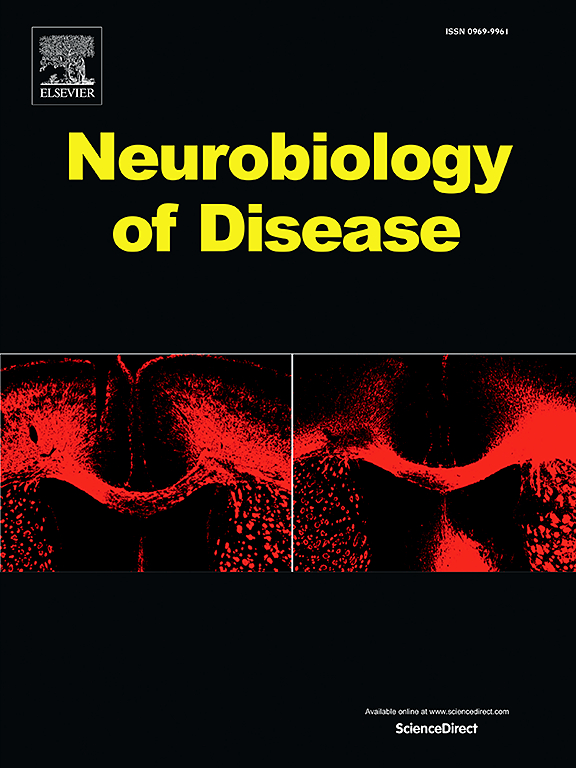无线光遗传学刺激边缘前区到伏隔核核心回路可减轻可卡因诱导的行为敏化。
IF 5.1
2区 医学
Q1 NEUROSCIENCES
引用次数: 0
摘要
行为敏化的定义是,作为药物渴求的一种表现形式,反复接触药物会产生强烈而持久的行为反应。可卡因等精神运动兴奋剂可诱导强烈的行为敏化。在这项研究中,我们探讨了光遗传学刺激前边缘(PL)到神经核(NAc)核心对可卡因诱导的行为致敏表达的影响。利用无线光遗传学技术,我们选择性地刺激了PL-NAc核心回路,并评估了这种处理对可卡因诱导的运动活动以及伴随的神经元激活和树突棘密度变化的影响。我们的研究结果表明,光遗传刺激PL-NAc核心回路可有效抑制可卡因诱导的运动敏感化,同时NAc核心内c-Fos表达减少。此外,光遗传刺激还能降低NAc核心的树突棘密度,尤其是细棘和蘑菇棘密度。这项研究表明,可卡因诱导的运动敏感化可通过光遗传刺激PL-NAc核心回路来调节,从而为了解该回路在精神运动兴奋剂成瘾中的关键作用提供了新的视角。本文章由计算机程序翻译,如有差异,请以英文原文为准。
Wireless optogenetic stimulation on the prelimbic to the nucleus accumbens core circuit attenuates cocaine-induced behavioral sensitization
Behavioral sensitization is defined as the heightened and persistent behavioral response to repeated drug exposure as a manifestation of drug craving. Psychomotor stimulants such as cocaine can induce strong behavioral sensitization. In this study, we explored the effects of optogenetic stimulation of the prelimbic (PL) to the nucleus accumbnes (NAc) core on the expression of cocaine-induced behavioral sensitization. Using wireless optogenetics, we selectively stimulated the PL-NAc core circuit, and assessed the effects of this treatment on cocaine-induced locomotor activity and accompanying changes in neuronal activation and dendritic spine density. Our findings revealed that optogenetic stimulation of the PL-NAc core circuit effectively suppressed the cocaine-induced locomotor sensitization, accompanied by a reduction in c-Fos expression within the NAc core. Moreover, optogenetic stimulation led to reduction in dendritic spine density, particularly thin and mushroom spine densities, in the NAc core. This study demonstrates that cocaine-induced locomotor sensitization can be regulated by optogenetic stimulation of the PL-NAc core circuit, providing insights into the crucial role of this circuit in psychomotor stimulant addiction.
求助全文
通过发布文献求助,成功后即可免费获取论文全文。
去求助
来源期刊

Neurobiology of Disease
医学-神经科学
CiteScore
11.20
自引率
3.30%
发文量
270
审稿时长
76 days
期刊介绍:
Neurobiology of Disease is a major international journal at the interface between basic and clinical neuroscience. The journal provides a forum for the publication of top quality research papers on: molecular and cellular definitions of disease mechanisms, the neural systems and underpinning behavioral disorders, the genetics of inherited neurological and psychiatric diseases, nervous system aging, and findings relevant to the development of new therapies.
 求助内容:
求助内容: 应助结果提醒方式:
应助结果提醒方式:


